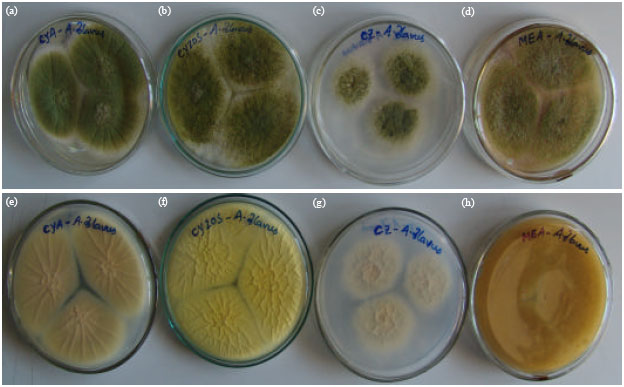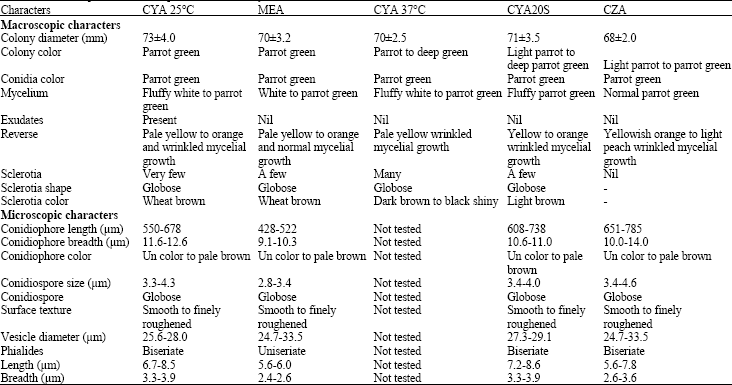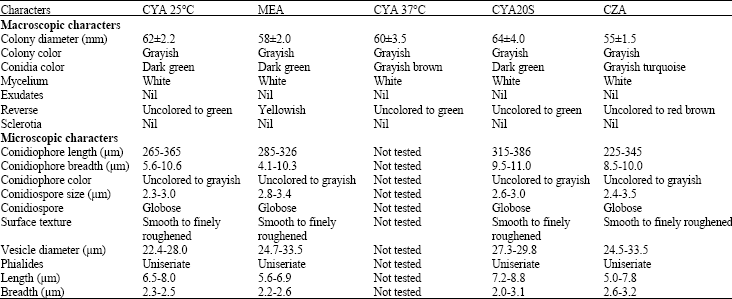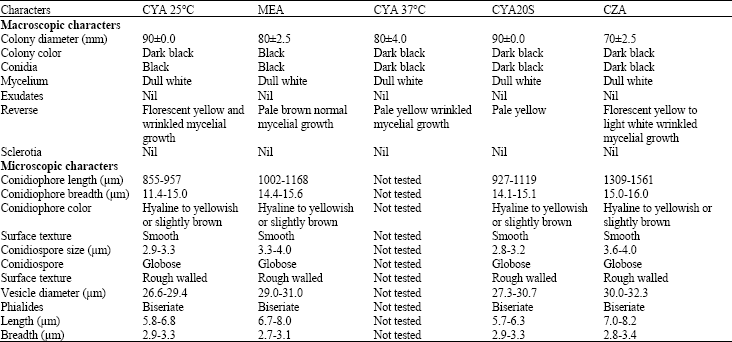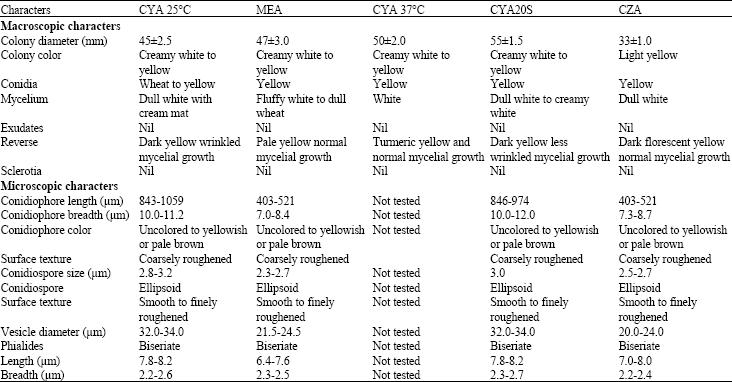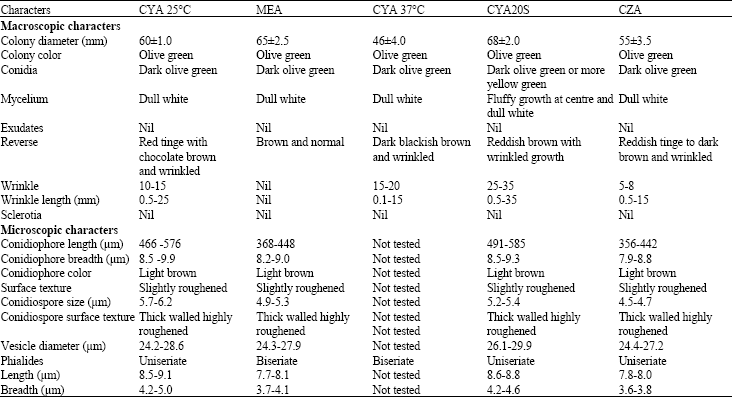Research Article
Morphological Identification of Foodborne Pathogens Colonizing Rice Grains in South Asia
Plant Pathology, School of Biological Sciences, Universiti Sains Malaysia,11800 USM, Penang, Malaysia
N.I. Farhana
Plant Pathology, School of Biological Sciences, Universiti Sains Malaysia,11800 USM, Penang, Malaysia
A. R. Wardah
Plant Pathology, School of Biological Sciences, Universiti Sains Malaysia,11800 USM, Penang, Malaysia
B. Salleh
Plant Pathology, School of Biological Sciences, Universiti Sains Malaysia,11800 USM, Penang, Malaysia









